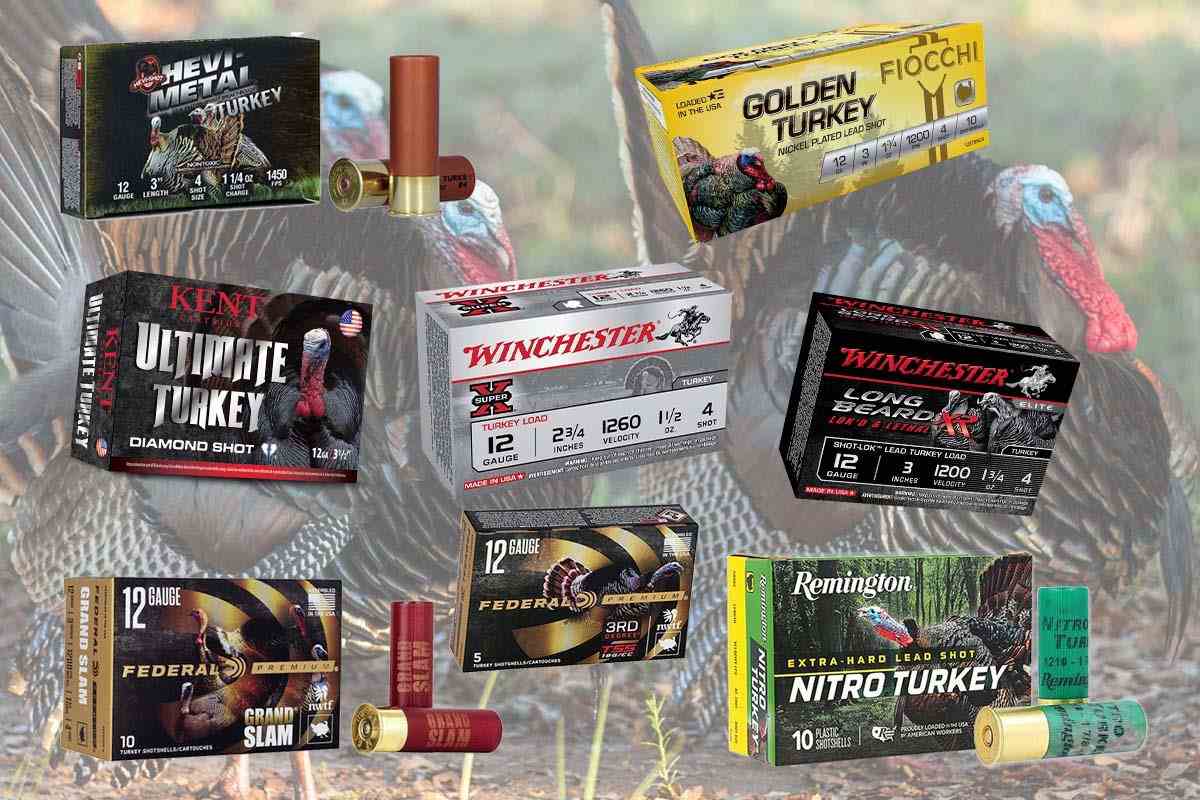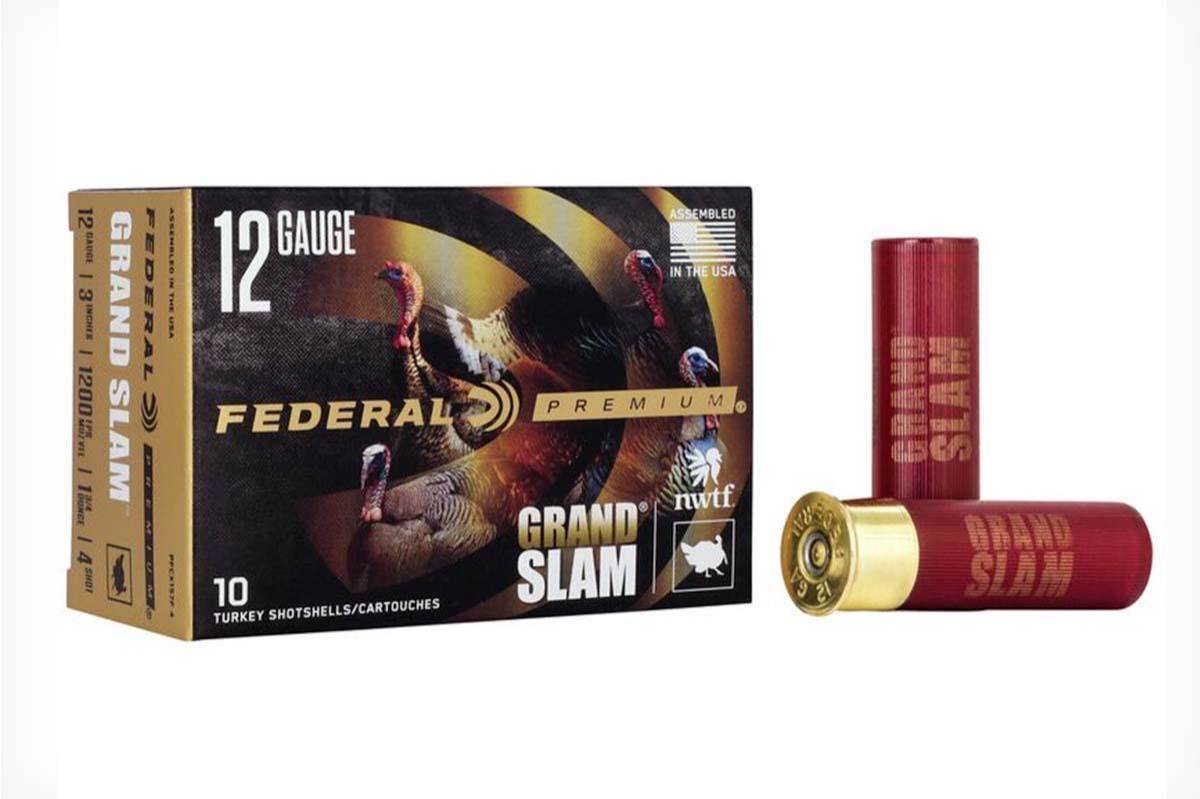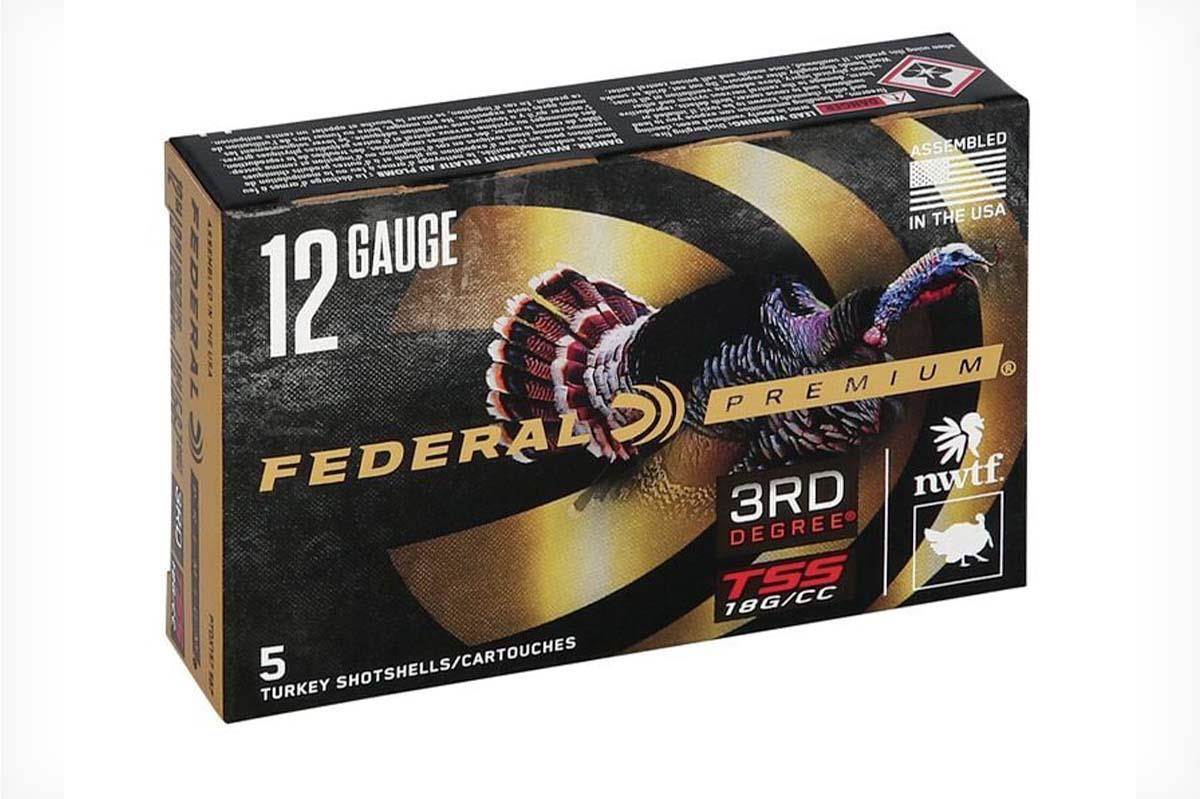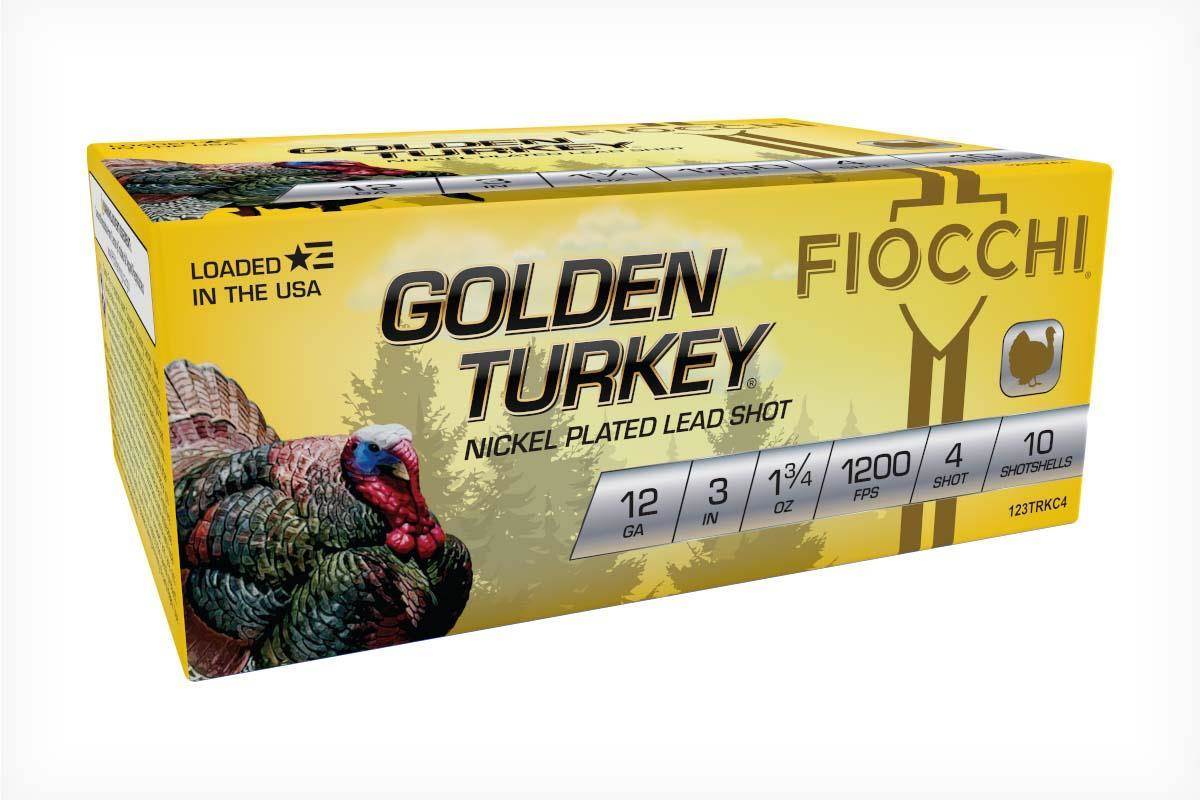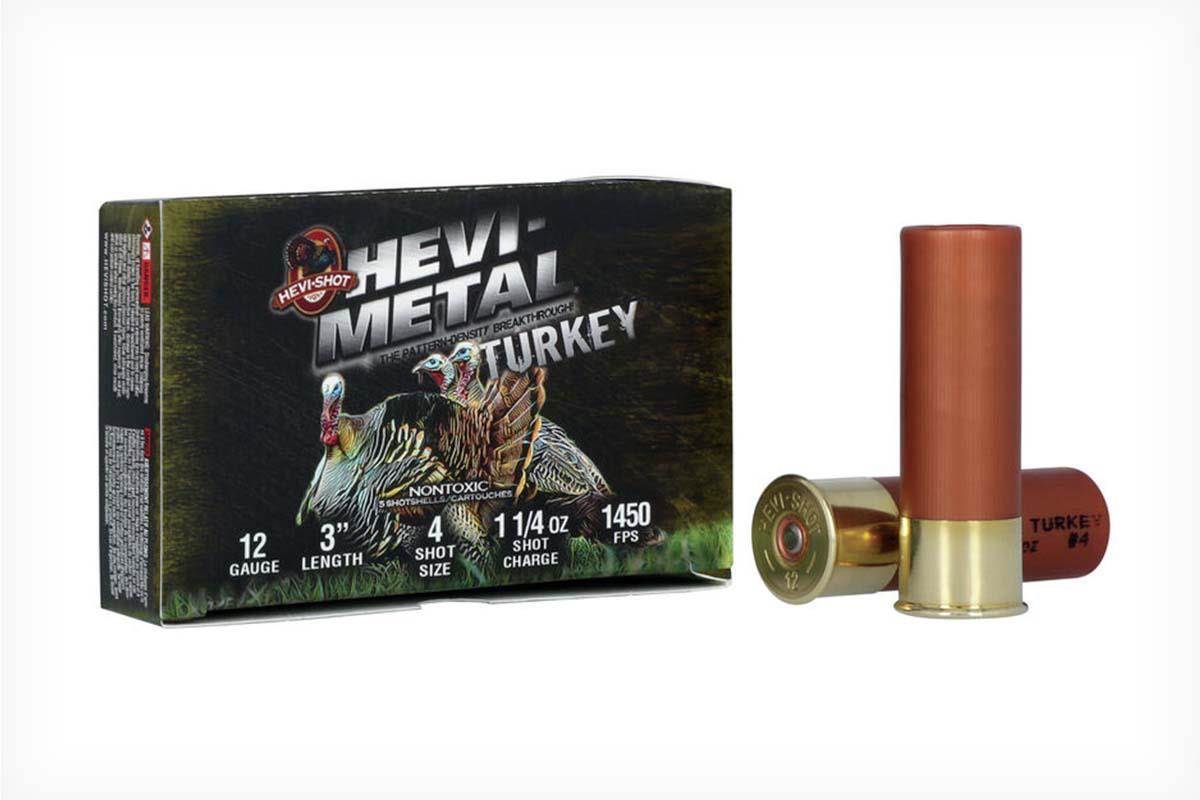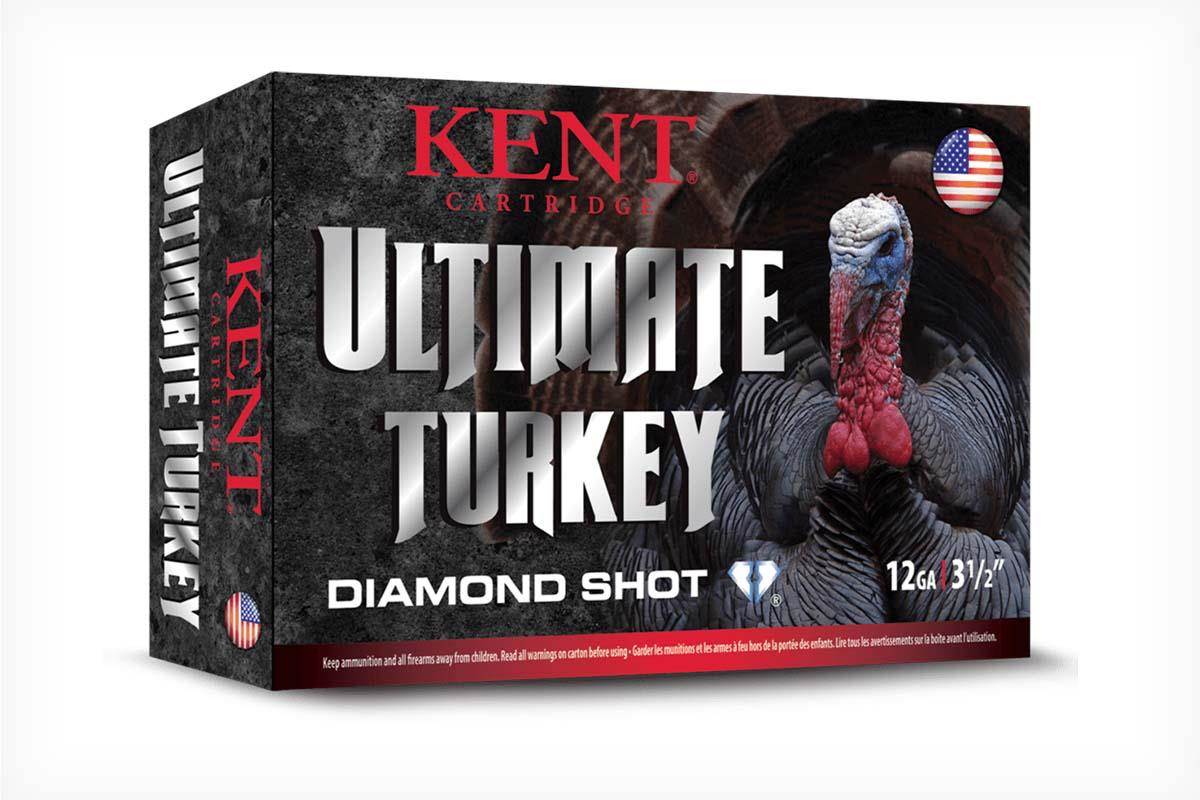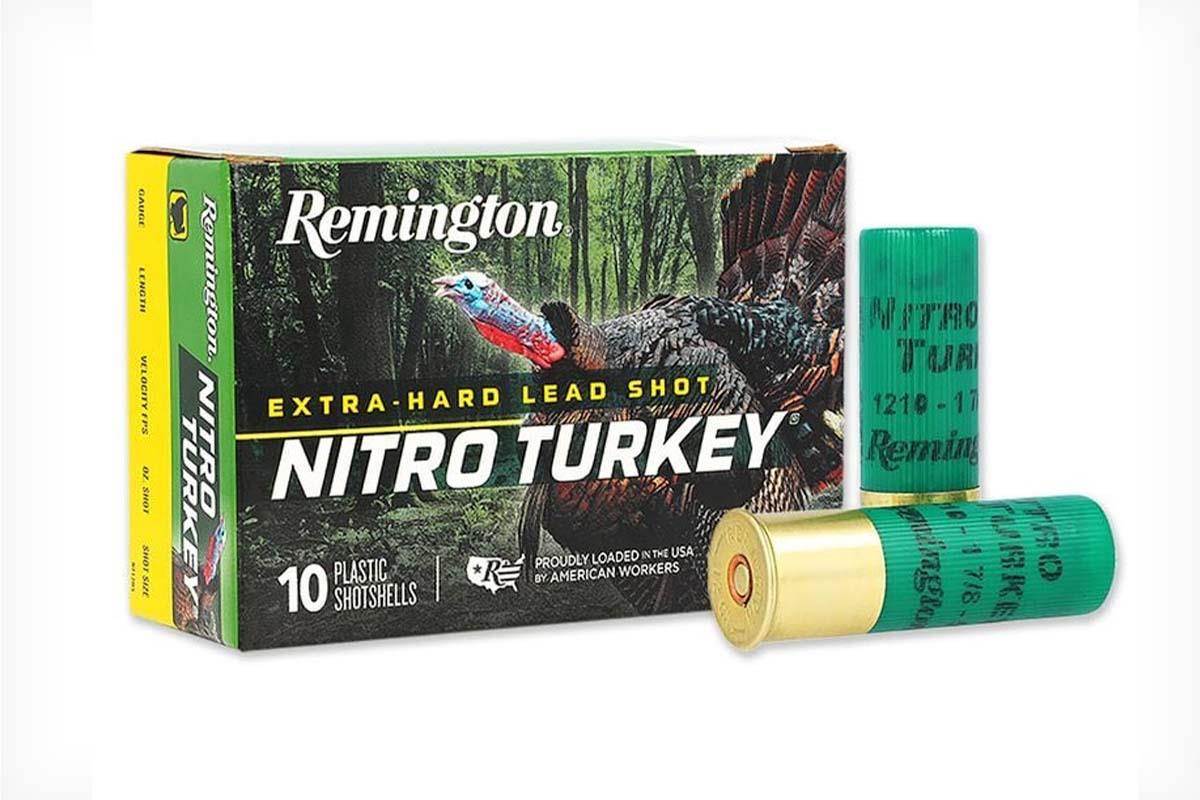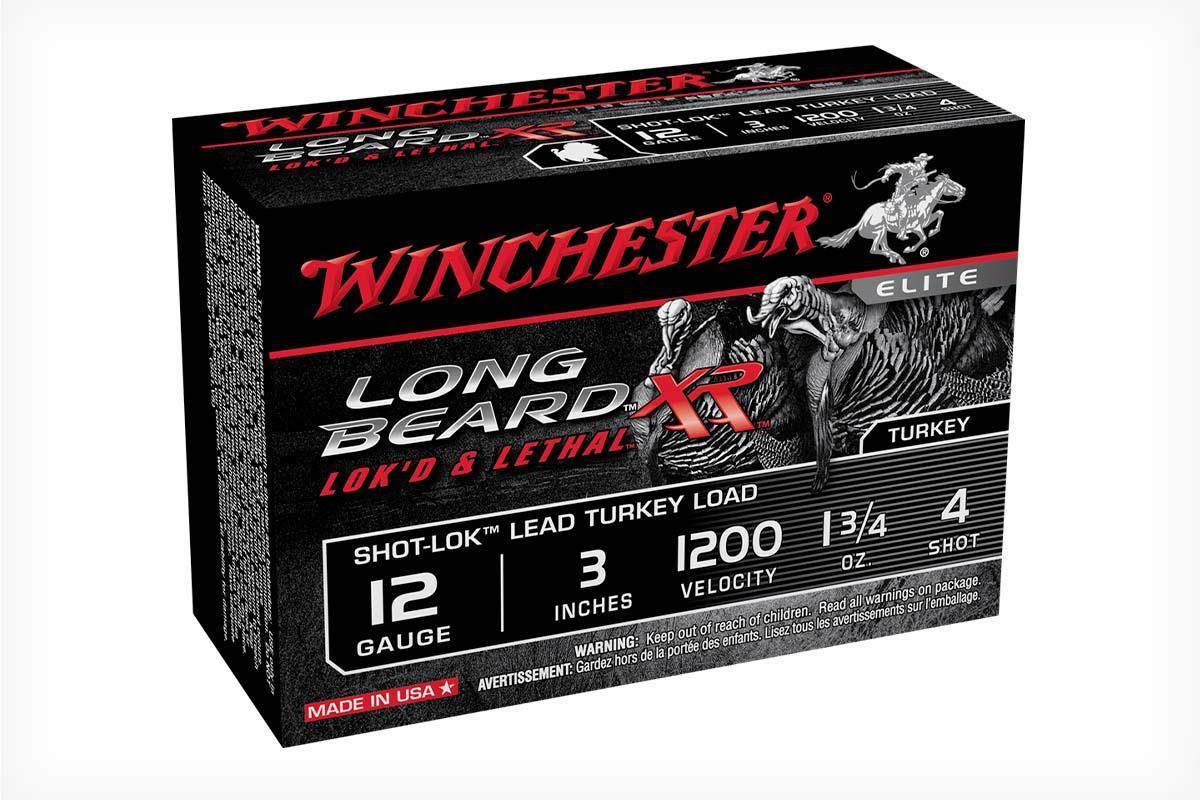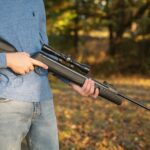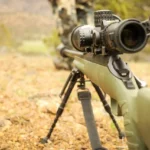Air rifles are becoming increasingly popular as a method for hunting small game animals.
They offer a relatively quiet and efficient way of hunting, making them appealing to both experienced hunters and newcomers.
With a variety of calibers and powerplants to choose from, air rifles can be customized to suit the type of game one intends to target.
This versatility ensures that air rifle hunting can be a satisfying pastime for individuals with varying interests and skill levels.
For those looking to hunt small game such as squirrels, rabbits, and birds, an air rifle is an ideal tool for the job.
Equipped with the right ammunition, one can achieve a humane and precise kill that relies on accuracy rather than brute force.
Smaller calibers such as .177 are typically used for hunting birds, while larger calibers like .22 are well-suited for furry animals like rabbits and squirrels.
When considering which air rifle to use for hunting, it is important to research the specific hunting laws in one’s state, as they can vary significantly.
Some states may allow the use of air rifles for hunting larger game, while others may have specific guidelines regarding the type of animals that may be hunted with air-powered firearms.
By understanding these regulations, hunters can ensure that their air rifle hunting activities are both safe and legal.
Legalities and Hunting Regulations
When it comes to hunting with air rifles, understanding the legalities and regulations is essential before you head into the field.
Here we will explore license requirements, prohibited species, and hunting seasons.
License Requirements
In general, a hunting license is required to hunt with an air rifle.
License requirements vary from state to state.
Some states may have specific regulations for air rifle hunting, while others may treat air rifles as traditional firearms.
It is crucial to check with your state’s Department of Wildlife or similar agency to determine the proper license(s) needed.
Prohibited Species
Not all animals can be hunted with an air rifle.
States have specific regulations on which species are allowed to be hunted using this type of weapon.
Commonly permitted game includes:
- Small game: such as rabbits, squirrels, and woodchucks
- Upland birds: such as grouse, pheasant, and quail
- Certain predators: such as raccoons and foxes
On the other hand, some states only allow air rifles for hunting game smaller than deer or bears.
It’s crucial to consult your state’s hunting laws to ensure you are within legal parameters.
Hunting Seasons
Hunting seasons for air rifle users generally follow the same seasons as traditional firearms or archery.
Depending on the state, there may be special seasons designated specifically for air rifles.
Keeping track of relevant hunting seasons, such as:
- Small game: typically open during the fall and winter months
- Upland bird hunting: varies by state, with seasons ranging from late summer to early winter
- Predator hunting: often year-round, with some seasonal restrictions depending on the species
Remember to stay informed about your state’s hunting regulations and season dates to avoid penalties and ensure a safe and enjoyable hunting experience.
Air Rifle Calibers for Hunting
When it comes to hunting with air rifles, choosing the right caliber is crucial to achieve a humane and effective kill.
Let’s take a look at a few various calibers suitable for hunting different types of game.
.177 Caliber
The .177 caliber air rifle is the smallest and most common caliber.
It has the longest range and is suitable for hunting small game, like squirrels and rats up to 60 to 80 yards.
With its lower power and muzzle energy, .177 caliber is best suited for smaller game and pest control.
.22 Caliber
Moving up in size, the .22 caliber air rifle offers more power and is ideal for hunting small to medium-sized game, such as rabbits and squirrels.
It can push a 14.3-grain .22-caliber pellet upwards of 850 fps.
.25 Caliber
.25 caliber air rifles provide even more power, making them a good choice for larger pests like raccoons, opossums, and woodchucks.
The increased caliber size offers more energy upon impact, which can be helpful when hunting these types of animals.
.30 Caliber
The .30 caliber air rifle is a solid choice for those looking to pursue mid-sized game, such as hogs and coyotes.
With even more muzzle energy and a larger projectile, this caliber offers a balance between precision and power, making it suitable for hunting these types of animals.
.35 Caliber
.35 caliber air rifles are a popular choice among hunters who are targeting larger game.
Some states have a minimum caliber requirement of .35 for airgun hunting, and this caliber provides a significant increase in power compared to smaller calibers.
With at least 400-foot pounds of energy at the muzzle, it is sufficient for taking down larger game.
.45 Caliber
For even larger game, a .45 caliber air rifle is recommended.
Producing 700 to 800 ft.-lbs. of energy, this caliber is suitable for hunting whitetail-sized animals.
The increased energy and bigger projectile size contribute to a more effective and humane kill.
.50 Caliber
Finally, the .50 caliber air rifle is the largest and most powerful option for airgun hunters.
Best suited for big game, this caliber offers top-level power and velocity, ensuring the highest chances of a successful and humane hunt.
It’s essential to check local laws and regulations, as not all states permit the use of .50 caliber air rifles for hunting.
Remember that regardless of the caliber you choose, practicing shot placement and knowing the limitations of your air rifle is crucial to ensure a humane and ethical hunting experience.
Choosing the Right Air Rifle
Accuracy
When selecting an air rifle for hunting, accuracy is crucial. You’ll want a gun that consistently hits the target, allowing for clean, ethical shots.
Spring- or gas-piston-powered airguns are recommended for small game hunting, offering the necessary velocity for an accurate shot.
Some factors that influence accuracy include pellet type, gun weight, and the shooter’s skill.
To maximize accuracy, it’s essential to practice regularly and familiarize yourself with the rifle before hunting.
Power and Range
The power and range of your air rifle mainly determine the type of game you can hunt.
The most popular air rifle calibers are .177 and .22.
The .177 caliber provides a more powerful impact, thanks to its lighter weight and greater kinetic energy. However, for larger game or more extended ranges, consider a .30 to .35 caliber air rifle, which can shoot Diabolo pellets at 50 to 100 ft-lb.
These higher-caliber air rifles can be used for hunting small game or predators.
Keep in mind, though, that air rifles for big game hunting should have at least 300-foot pounds of energy (fpe) to ensure an ethical kill.
Not all air rifles can achieve this power, so always check the rifle’s specifications and consult with local game laws.
Popular Models
There are several popular air rifle models on the market suitable for hunting.
It’s essential to research and select an air rifle that suits your hunting needs and complies with local regulations.
Factors such as accuracy, power, range, and your preferred game type will help you make an informed decision.
Recommended Air Rifles for Hunting
When it comes to air rifle hunting, there are various options available that cater to a range of different game animals.
Three top air rifles suitable for hunting are the Airforce Texan, Hatsan Piledriver, and Umarex Hammer. Each of these air rifles offers unique features and capabilities.
Airforce Texan
The Airforce Texan is a popular air rifle for hunters.
This high-power, pre-charged pneumatic (PCP) rifle comes in various calibers (.257, .308, .357, and .457), allowing the hunter to choose the perfect caliber for the game they are targeting.
With power levels of up to 500 ft-lbs, this air rifle has both the capacity and accuracy necessary for some larger game.
This air rifle features:
- PCP system for powerful and consistent shooting
- Top-loading air tank for easy refilling
- Adjustable power settings
- Rifle length: 48 inches; weight: 8 pounds
Hatsan Piledriver
The Hatsan Piledriver is another high-quality choice for airgun hunting enthusiasts.
Delivering muzzle energies of up to an impressive 800 ft-lbs, this powerful PCP air rifle is available in .45 and .50 calibers, suitable for various game animals.
Some notable features of the Hatsan Piledriver include:
- PCP system with a large air reservoir for longer shooting sessions
- Side-lever action for easy cocking and reloading
- Quiet Energy Technology (QET), reducing the noise emitted when fired
- Rifle length: 44.3 inches; weight: 10.6 pounds
Umarex Hammer
For hunters looking for a versatile air rifle that packs a punch, the Umarex Hammer might just be the answer.
This PCP-powered rifle sports a unique configuration that allows it to shoot both .50 caliber bullets and arrows. With a 4,500 psi air tank, the Umarex Hammer has up to 700 ft-lbs of energy.
Key features of the Umarex Hammer include:
- Muzzle Energy Selector (MES), allowing for customized power levels
- Lightweight design, weighing only 8.5 pounds without a scope
- Air tank capacity for up to 5 shots per fill
- Rifle length: 43.75 inches
These three air rifles offer a variety of options for airgun hunters, from PCP systems to different calibers and power levels.
Depending on the specific game targeted, one of these rifles is sure to help achieve a successful hunting experience.
Types of Pellets and Ammunition
When hunting with an air rifle, choosing the right type of pellets and ammunition is essential for a successful and ethical hunt.
Let’s explore the different types of pellets and ammunition available for air rifles, such as pellet weight, hollow-point pellets, and shotgun ammunition.
Pellet Weight
The weight of a pellet plays a significant role in its accuracy, velocity, and energy upon impact.
Lighter pellets typically have higher velocities but may be more affected by wind and air resistance.
Heavier pellets, on the other hand, have slower velocities but offer better penetration and accuracy, especially at longer distances.
Some popular options for airgun ammunition include:
- .177 Caliber: Ideal for small game hunting and target shooting
- .22 Caliber: A versatile option for medium-sized game and pest control
- .25 Caliber: Suitable for larger game and providing more knockdown power
Hollow-Point Pellets
Hollow-point pellets feature a hollowed-out cavity in their nose, which allows the pellet to expand upon impact.
This expansion increases the pellet’s surface area and energy transfer, resulting in better penetration, greater shock, and more effective wound channels in your prey.
Hollow-point pellets are especially effective for hunting small game and pest control.
Some airguns, like the AirForce International 94 Spring .25 caliber, consistently shoot 18-grain domed pellets at 700 feet per second, making them an excellent choice for hunting small game animals like squirrels or rabbits.
Shotgun Ammunition
In addition to traditional pellets, some air rifles can also be used with shotgun ammunition.
This type of ammunition features multiple projectiles, which provide a more extensive shot pattern and increased chances of hitting your target.
Shotgun ammunition for air rifles typically comes in .357 to .50 caliber sizes.
In conclusion, understanding the different pellet types and ammunition options is crucial in making the right choice for your air rifle hunting needs.
It’s also essential to consult your state’s hunting laws and guidelines to ensure that you are using the correct caliber and energy for the specific game you are hunting.
Remember to always practice safe and ethical hunting.
Hunting Small Game with Air Rifles
When it comes to hunting small game, air rifles can be an efficient and effective tool.
They are often quieter and less expensive than traditional firearms, making them popular among hunters who pursue squirrels, rabbits, and various species of birds.
Let’s look at how air rifles can be used for hunting these common small game animals.
Squirrels
Squirrels can be an entertaining and challenging target for air rifle hunters.
These nimble creatures are quick and agile, making them difficult to hit at times.
A quality air rifle with decent accuracy and power is crucial for successful squirrel hunting.
Many hunters find that a .22 caliber air rifle firing at 1070 fps, such as the Hatsan BullBoss, provides the ideal balance between power and precision.
When hunting squirrels, it’s important to aim for the head or heart to ensure a quick and ethical kill.
Patience is also key, as these critters can be quite wary and may take some time before revealing themselves.
Rabbits
Rabbits are another popular target for air rifle hunters.
Like squirrels, they can be skittish and require a stealthy approach.
The use of an air rifle allows hunters to get closer without alerting their quarry, increasing the odds of a successful hunt.
An air rifle with sufficient power for hunting rabbits should be chosen. Some hunters opt for .22 caliber rifles, while others prefer more powerful options like the .35 caliber.
Again, a well-placed head or heart shot is vital to ensure a humane kill.
Birds
Birds are a diverse and challenging group of small game animals to hunt with an air rifle.
Some hunters focus on pigeons, while others target crows or even larger game birds like pheasants.
Regardless of the specific bird species, an air rifle must have both accuracy and power to be effective.
It’s crucial to know the energy requirements for the particular bird species being hunted, as it will determine the necessary features of the air rifle.
For example, a .22 caliber air rifle might be suitable for smaller birds like pigeons, while a larger caliber and higher energy output (e.g. .45 or .50 caliber) may be necessary for hunting whitetail-sized game.
Accuracy, patience, and a keen understanding of hunting regulations in your state are essential components in the successful and ethical pursuit of small game animals with air rifles.
Larger Game Hunting with Air Rifles
Air rifles are not just for plinking cans or shooting small pests.
With the development of big-bore airguns, hunters can now ethically harvest larger game animals such as hogs, deer, and coyotes.
Let’s take a look at the possibilities and challenges of hunting larger game with air rifles.
Hogs
Hunting hogs with air rifles is becoming increasingly popular among hunters.
Powerful airguns such as .45- and .50-caliber air rifles are capable of delivering enough energy to

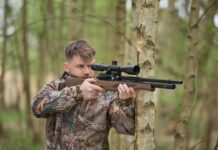






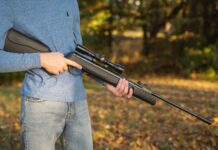

















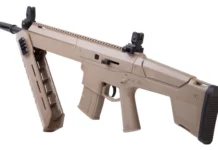















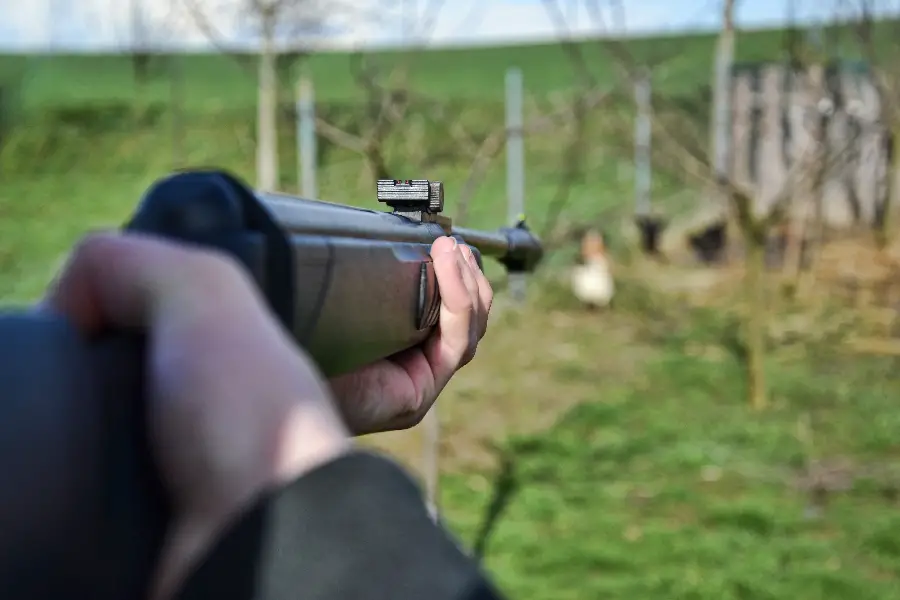

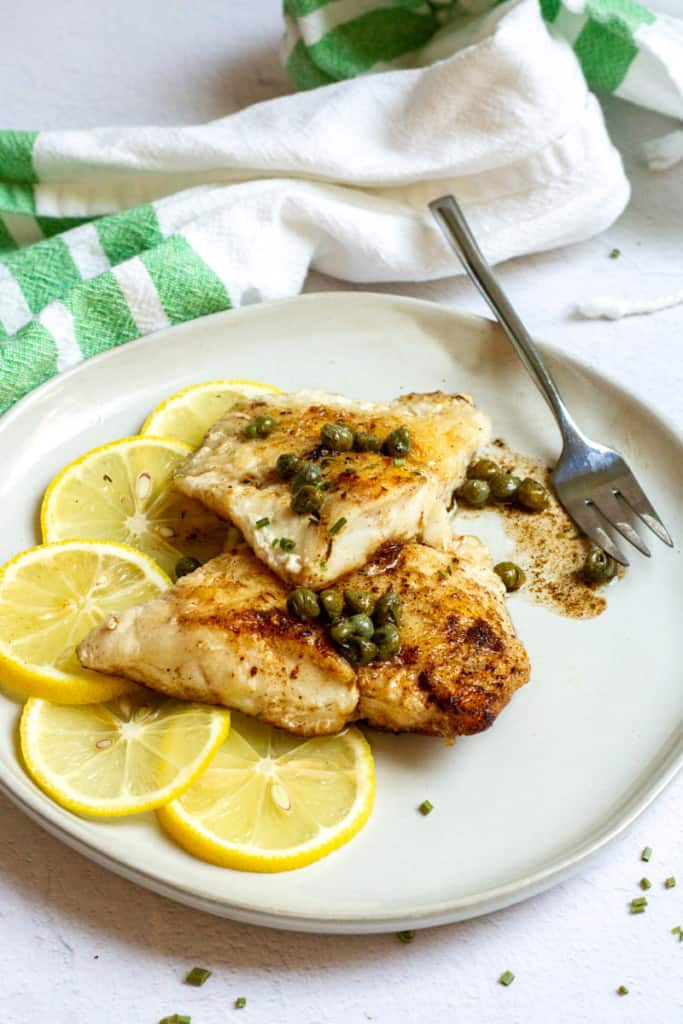

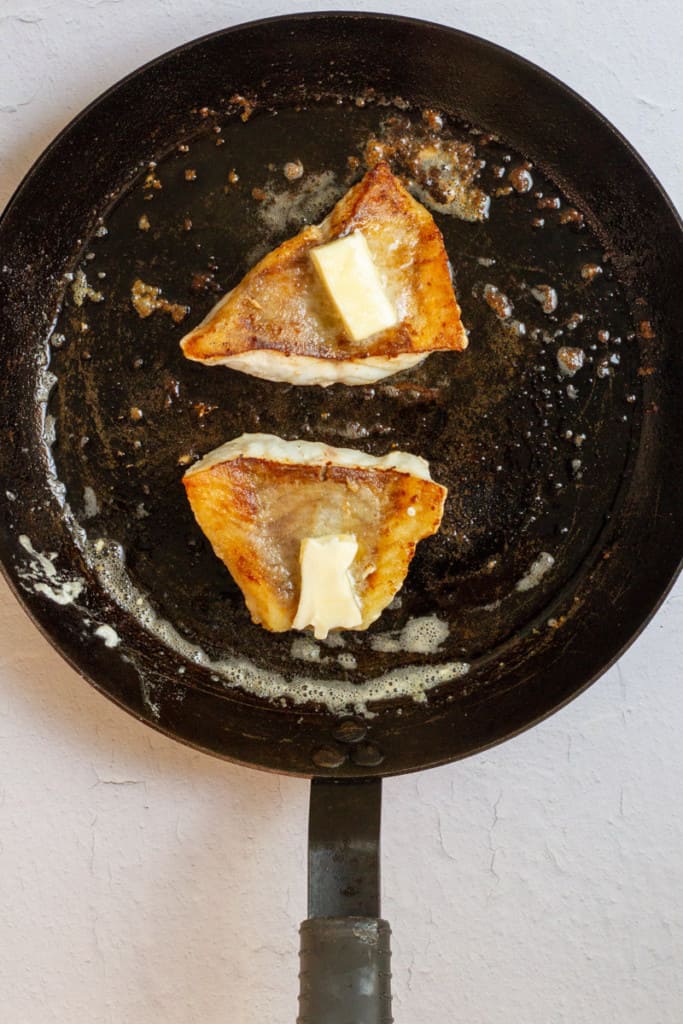
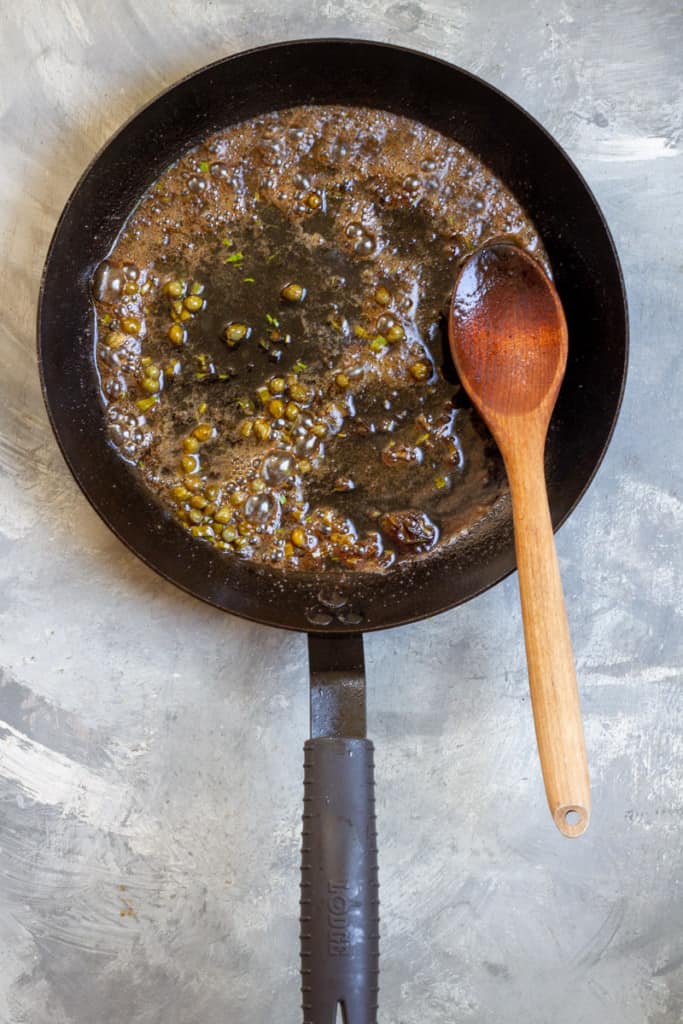




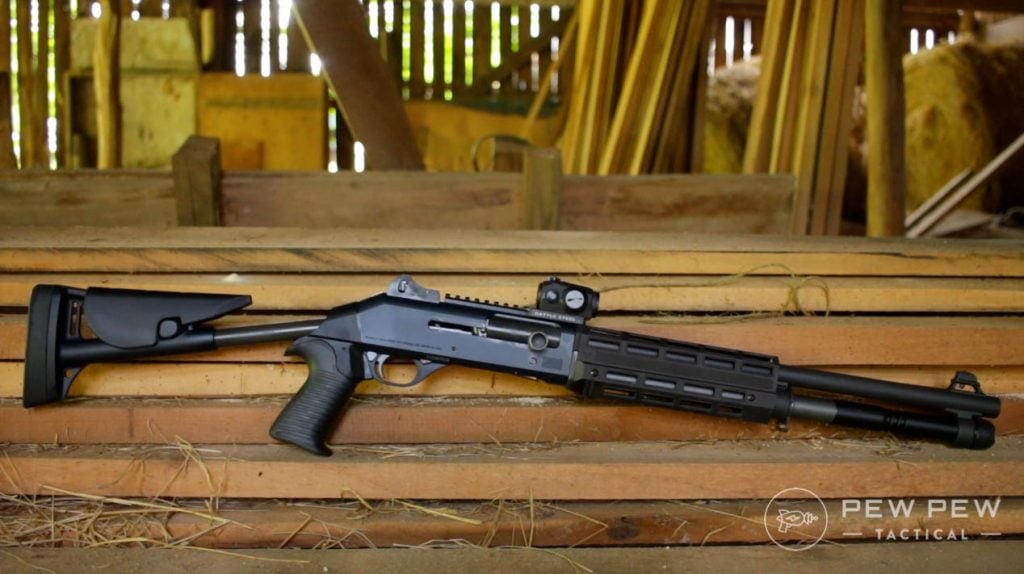
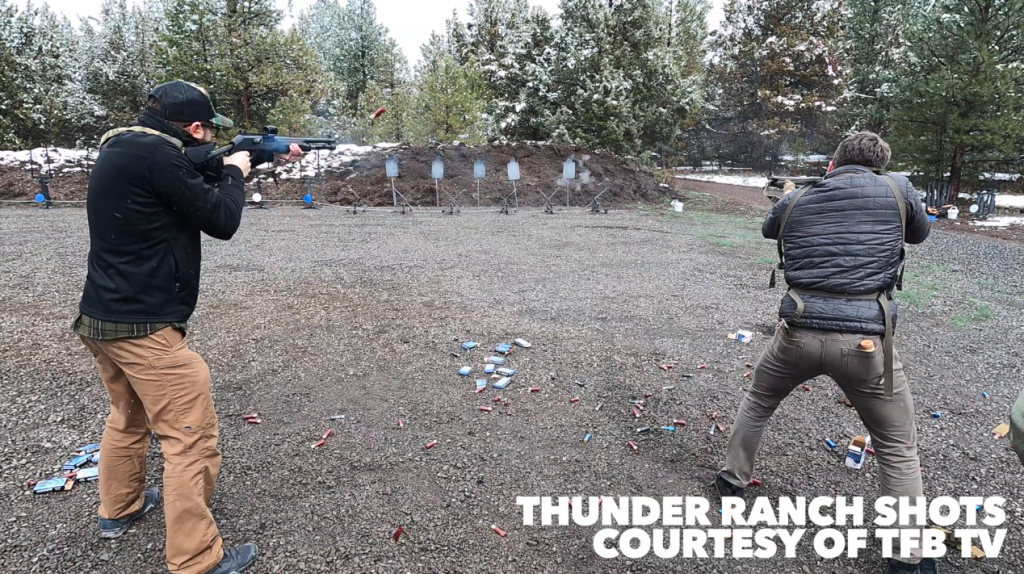
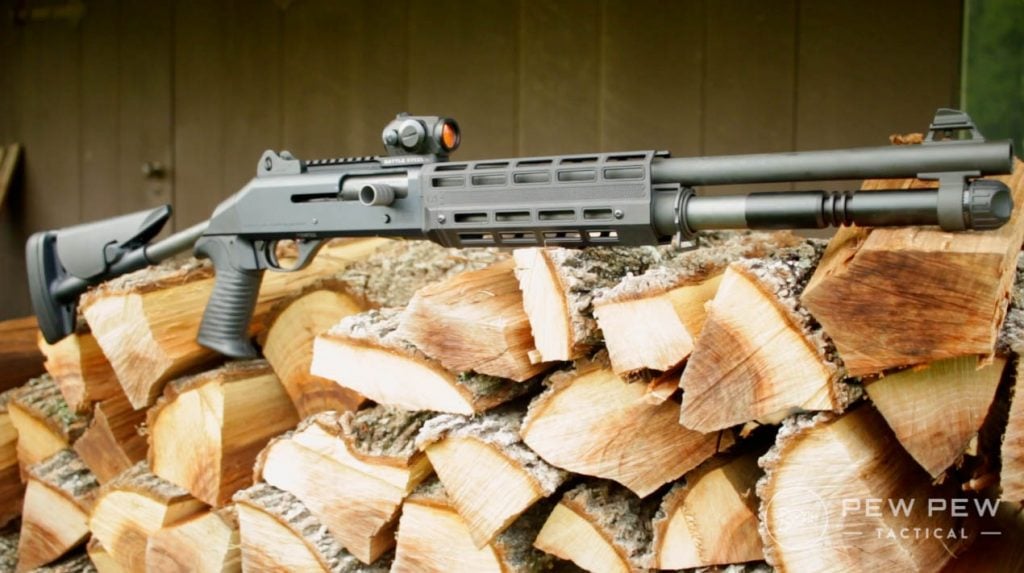
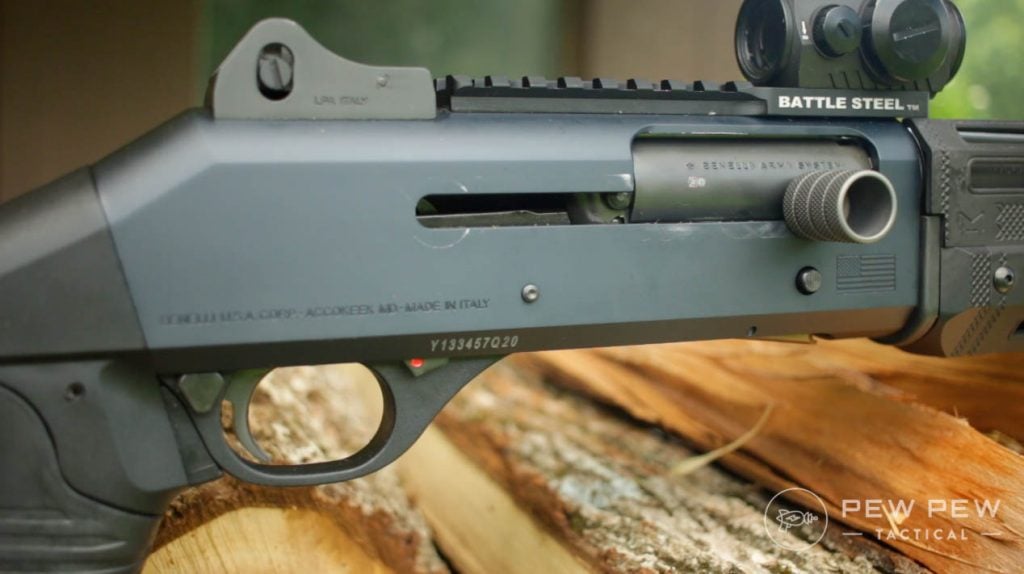
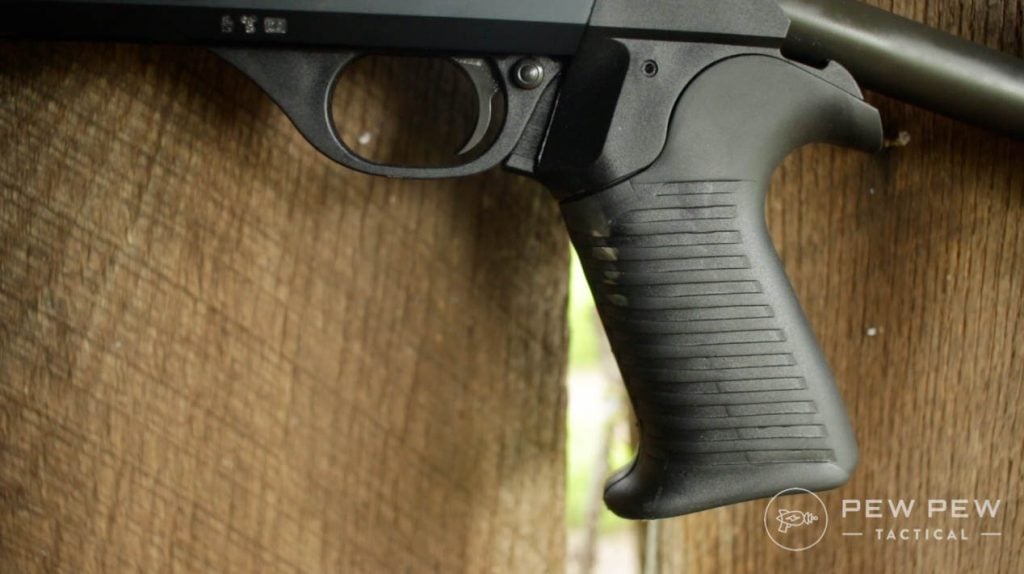
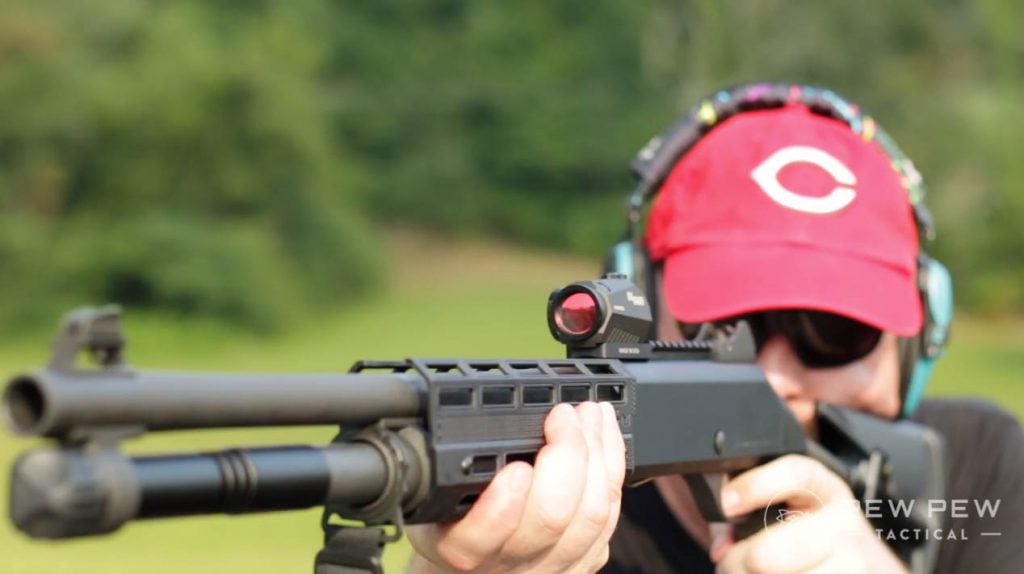
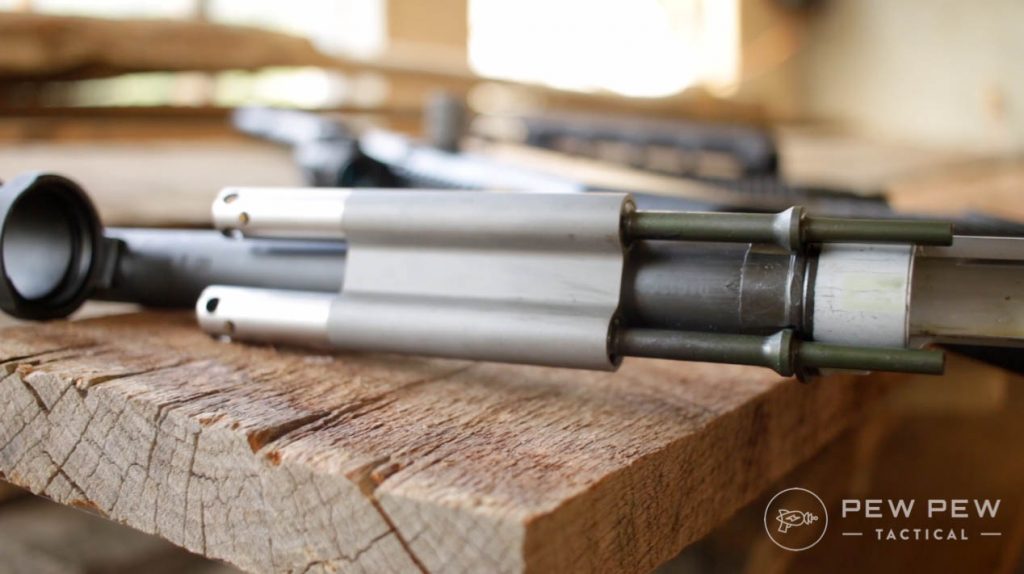
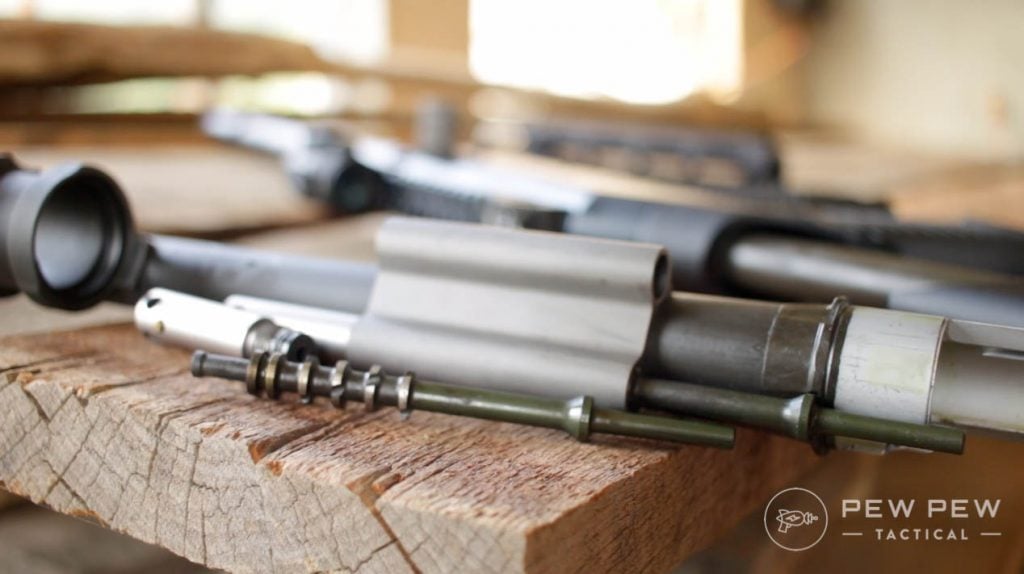
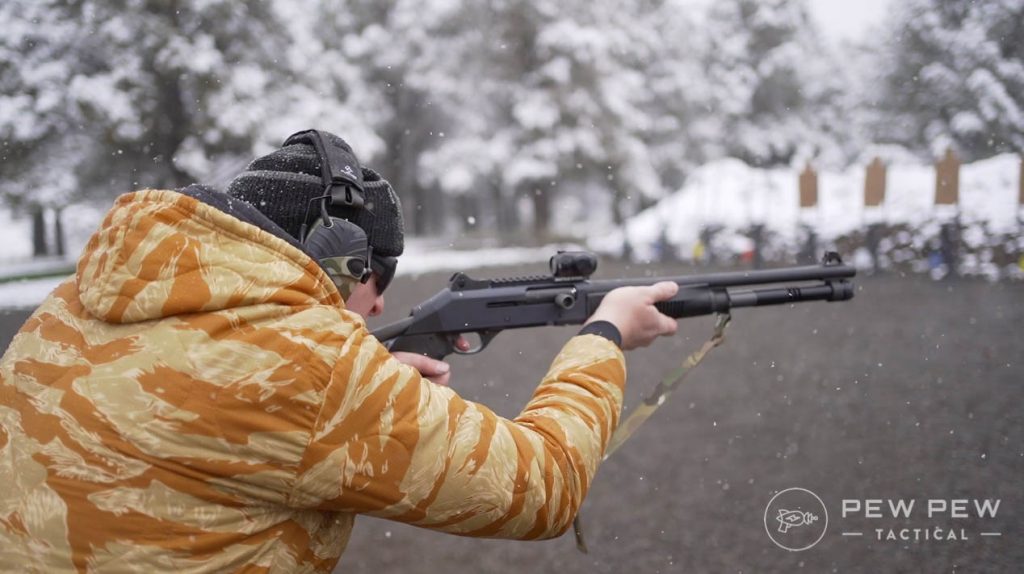

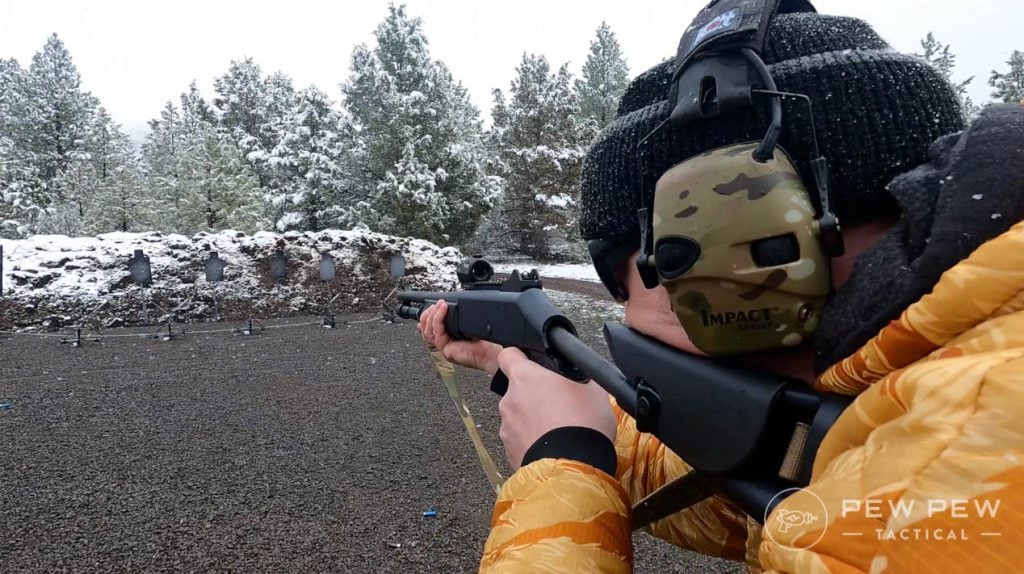
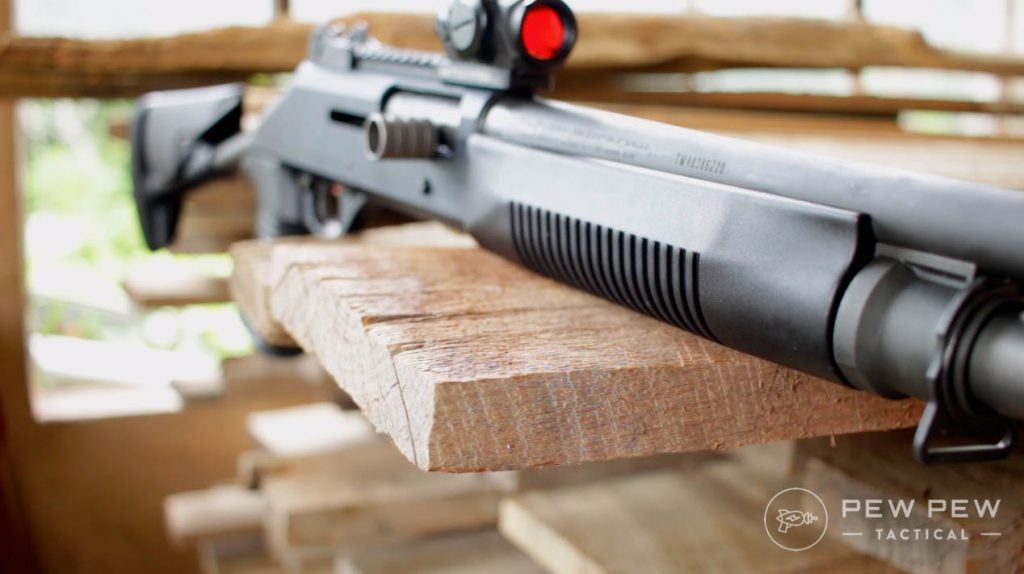
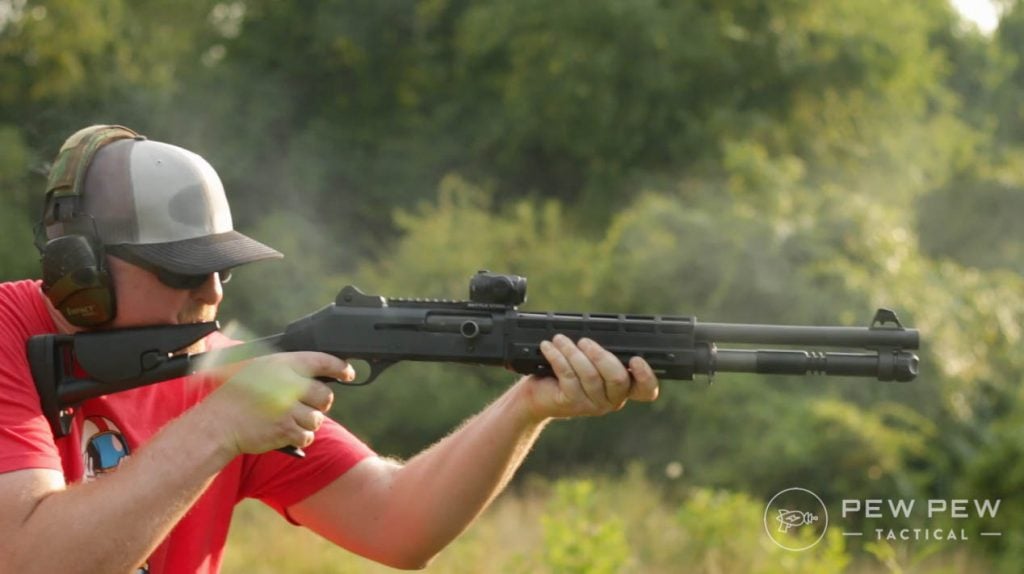
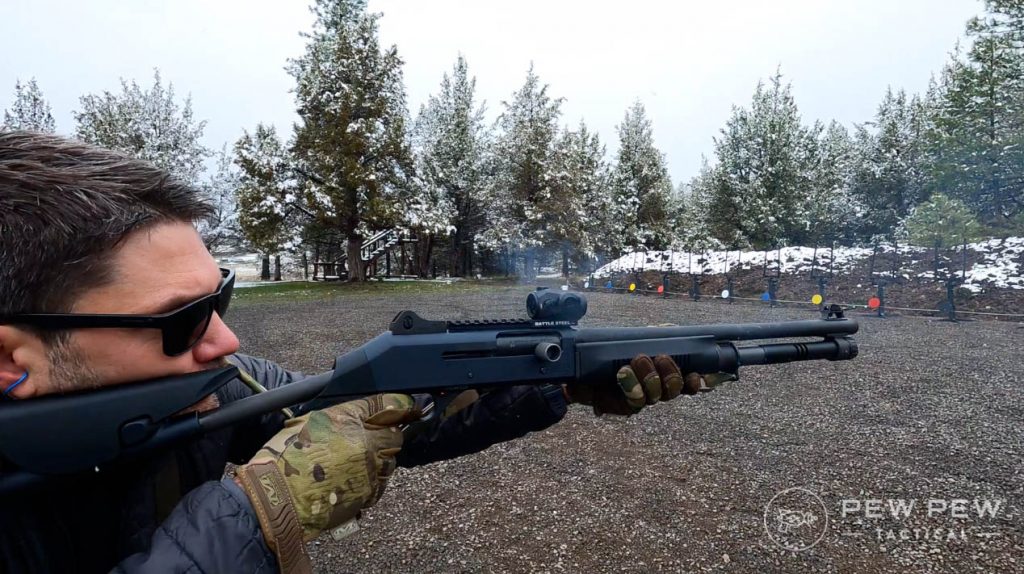
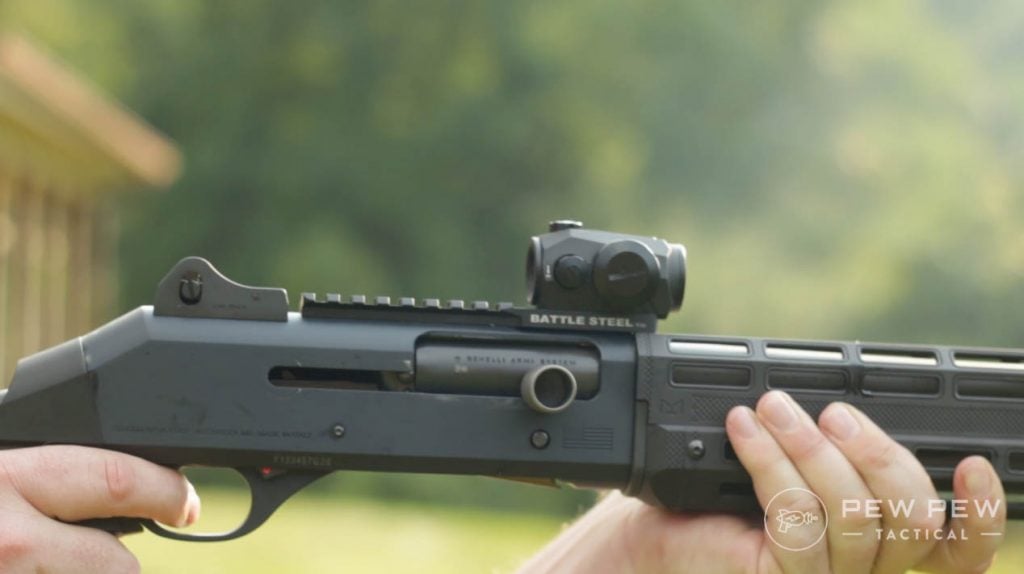
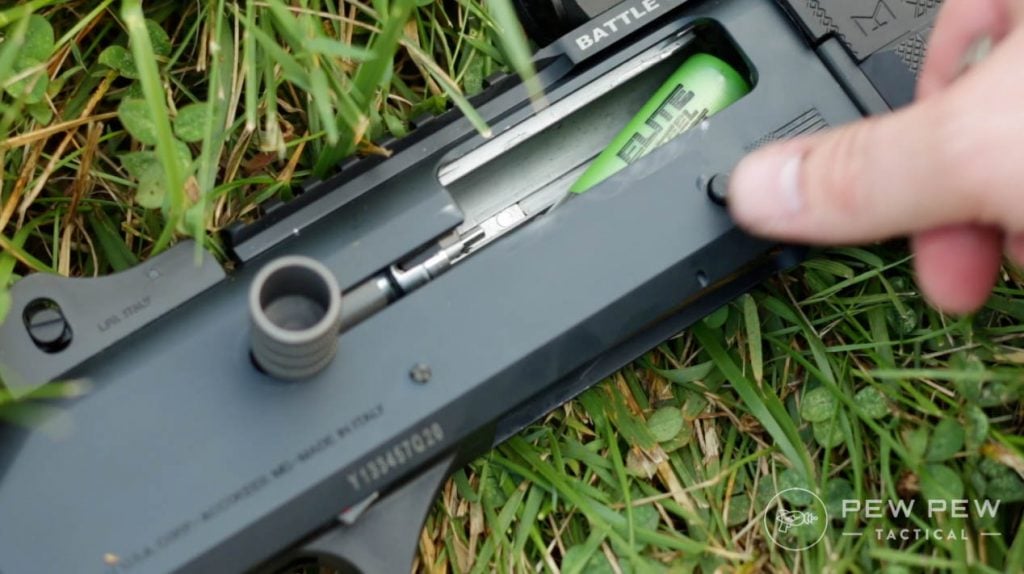
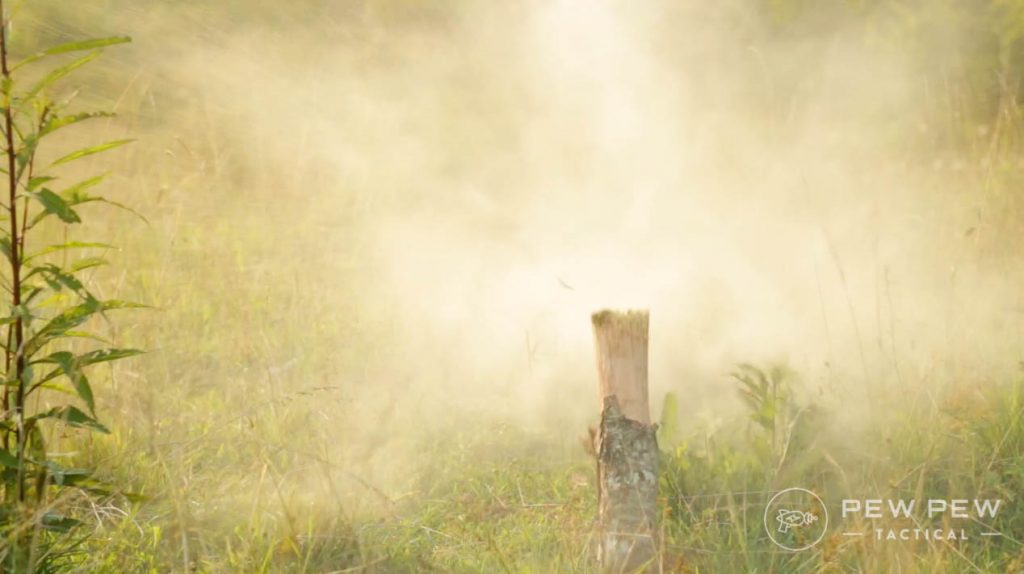
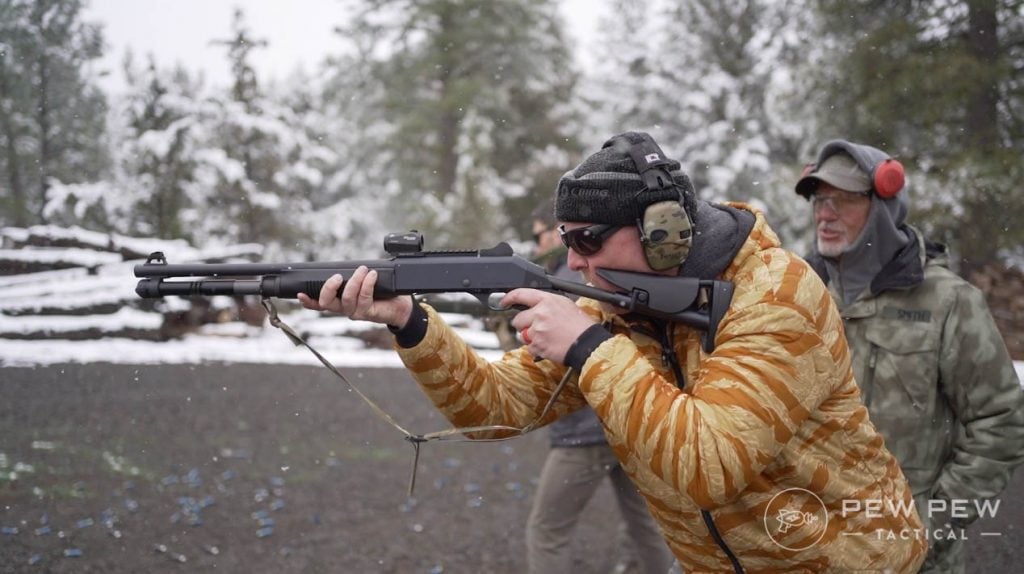
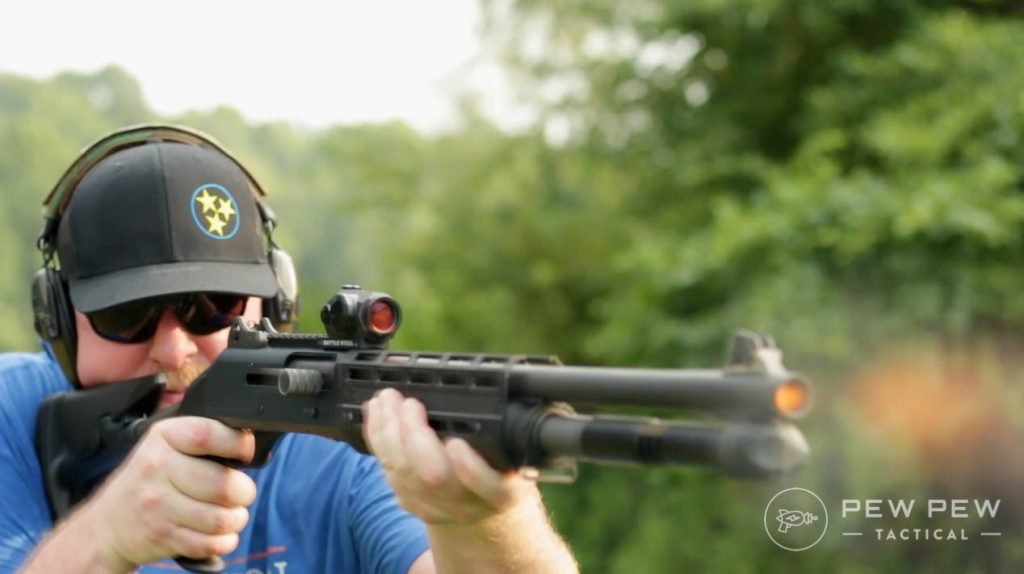
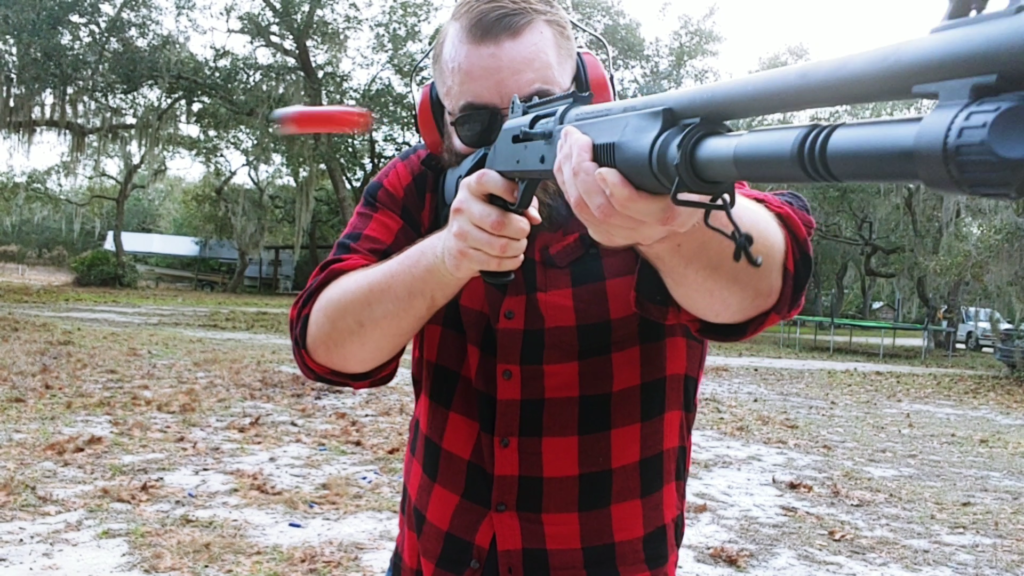
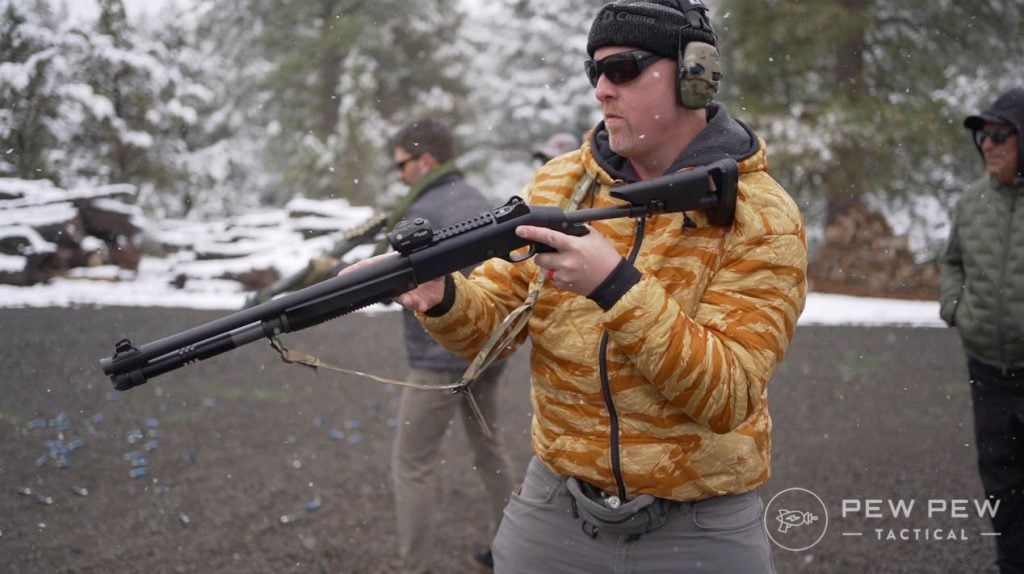
![Benelli M4 Review: Best Combat Shotgun? [Video+Tested]](https://www.pewpewtactical.com/wp-content/uploads/2021/07/21.-Benelli-M4-1024x574.jpg)
